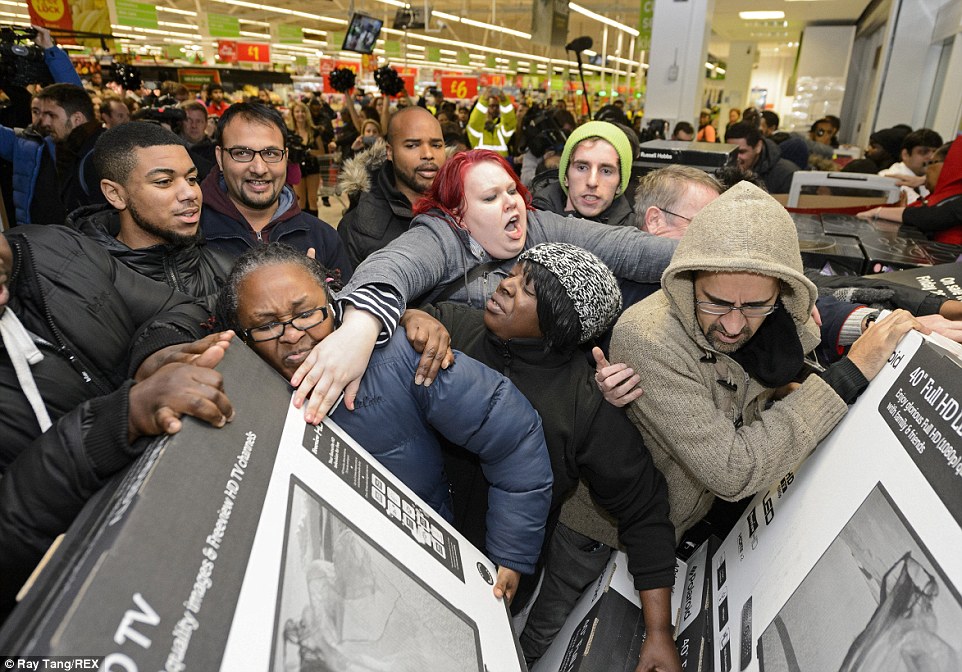Black Friday is a tsunami of intent, and of payment failures. While U.S. online sales hit $10.8B on Black Friday 2024, a 10.2% YoY jump, a chunk of ready-to-buy baskets still die at the checkout screen.
What’s actually causing those declines?
Short answer: customers are maxed out or short on balance, and issuers say no.
- Insufficient funds / over credit-limit is the single biggest reason cards get declined online, responsible for ~44% of issuer declines in Ethoca’s multi-year research (often masked under generic “Do Not Honor”). Ethoca (Stripe summarizes the same Ethoca finding: 44% of declines are “insufficient funds or credit.”) Stripe
- Peak-season pressure amplifies it. During Black Friday/Cyber Week, declines rise not just from fraud checks but also issuer constraints, network congestion, and shoppers overspending, i.e., more insufficient funds. And 62% of customers abandon after a single decline. nuvei.com
- Financially stretched shoppers are hit hardest: in 2024, 23% of struggling consumers reported at least one payment decline in the prior month (vs 12% overall).
Why this hurts more than “one lost order”
A decline isn’t just today’s revenue lost, it can affect Customer Lifetime Value:
- 39% of cardholders abandon a card after it’s declined, reducing future approvals on that instrument, and potentially your conversion with that customer. (Source: Ethoca)
- False-decline noise exists, but Ethoca’s split shows insufficient funds dwarfs fraud as a decline reason (≈44% vs ≈9%). That means a large share of failures aren’t “bad actors”; they’re good customers hitting limits. (Source: Ethoca)
How big is the revenue at stake?
Think of it this way: On a day with $10.8B in U.S. online sales, each 1-point lift in successful authorizations is meaningful. Even payments providers note that +2.1–2.2 percentage-point acceptance gains translate to millions in recovered sales for enterprise merchants. (Source: Checkout.com)
What retailers can do (before the rush)
1) Give customers a way to complete the purchase even when one card can’t cover it.
- Partial authorizations (take what’s available on the card, then let the shopper top up) are now mandated by Visa for certain flows and directly address insufficient-funds scenarios. Checkout.com
- Offer multi-tender options at checkout (split across two cards, add a second card on decline, or combine with a non-card method). Industry guidance emphasizes aligning payment mix to expectations during peak to boost approvals. (Source: Finextra Research)
→ Solutions like multi-card payments and group checkout flows, where customers can instantly complete a purchase together, are already proving to recover declines and unlock missed revenue opportunities.
2) Fail forward, instantly.
If a primary card is declined, surface a fast fallback: another card on file, Pay by Bank/A2A, or BNPL — all reduce the odds of a walk-away. (Ethoca’s data says the #1 reason is funds/limit; giving an immediate alternative prevents abandonment.) (Source Ethoca)
→ Merchants using decline-recovery logic, where customers are prompted to split or retry using multiple cards, are seeing significantly higher conversion during high-traffic days.
3) Optimize for issuer success.
- Use network tokens, account updater, and smart retries; providers report measurable acceptance uplifts from these. (Source: Stripe)
- Keep checkout signals clean (accurate AVS/CVV, SCA readiness) to avoid “Do Not Honor” masking real insufficient-funds cases. Industry benchmarks and guides stress small technical tweaks moving real dollars. (Source: Checkout.com)
→ Pairing these optimizations with multi-card or group payment capabilities gives retailers the best shot at turning near-misses into confirmed sales.
The Bottom Line
As retailers gear up for another record-breaking Black Friday, the real growth opportunity isn’t just in ads or discounts, it’s in capturing the payments that are already yours. With nearly half of all declines driven by credit limits or insufficient funds, the challenge isn’t demand, it’s accessibility. Shoppers want to buy but their cards just can’t keep up.
The winners this season will be the retailers who design with empathy and flexibility: those who let customers split, retry, or mix their payment methods effortlessly.
In an era where checkout is the new battleground, split payment experiences can turn “declined” into “done”, and that’s the edge that defines tomorrow’s leaders in retail.
